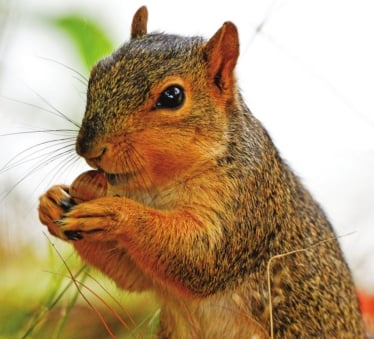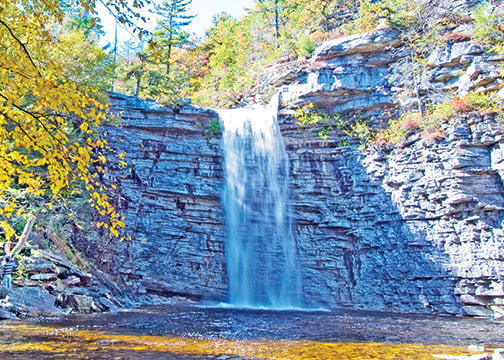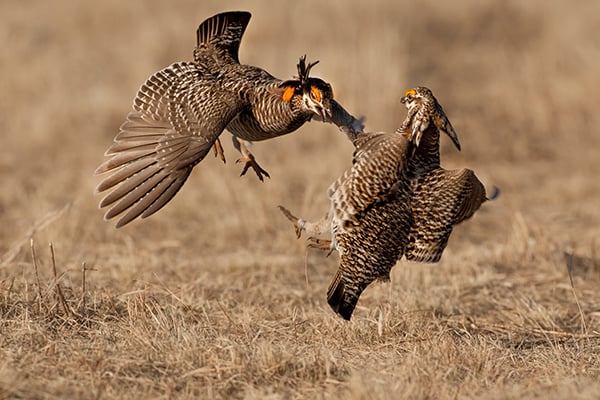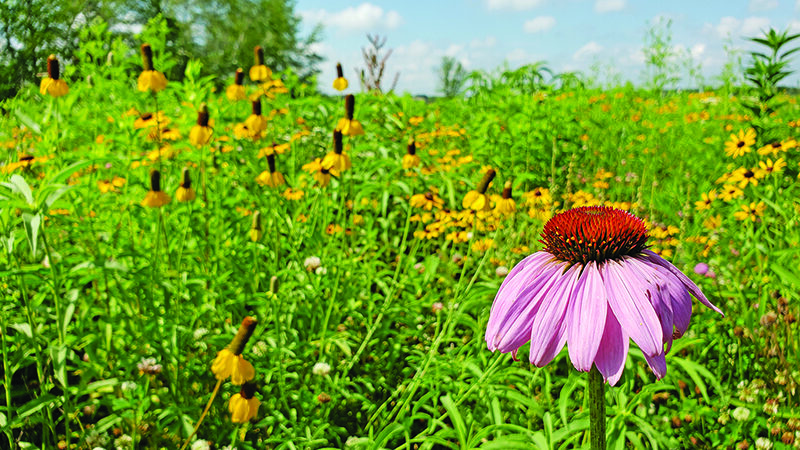DNR reports ample number of acorns covering Ohio in 2023 – Outdoor News

Columbus — The 2023 survey of acorn abundance on select Ohio wildlife areas shows an average of 40% of white oaks and 54% of red oaks bore fruit, according to the Ohio DNR (ODNR) Division of Wildlife. The long-term average for white oak production is 37%, and 54% for red oaks.
“The thousands of acorns a mature Ohio oak tree drops on the forest floor will feed about 90 wildlife species,” ODNR Division of Wildlife Chief Kendra Wecker said. “Deer, turkeys, squirrels, ruffed grouse, blue jays, raccoons, woodpeckers, foxes, and more seek out and eat acorns throughout the fall and winter.”
Each summer, Division of Wildlife employees scan the canopies of oaks at 36 selected wildlife areas to determine the percentage that produced acorns as well as the relative size of the acorn crop. This is the 19th year the Division of Wildlife has completed the mast survey. Statewide, the proportion of white oaks bearing acorns (40%) was similar to 2022 (38%), while the percentage of red oaks with acorns (54%) was 16% higher than last year. Acorn abundances vary by region. All results, including tables and historical numbers, are available at wildohio.gov.
RELATED CONTENT: Ohio’s firearms whitetail hunt is shaping up; here’s what to know
Acorns come in two basic types: red and white. They are divided into these groups based on the type of oak tree. Red oak acorns take two years to develop, and the acorns are bitter, containing a large amount of the chemical tannin. White oak acorns take only one year to develop and have a sweeter taste. These differences cause periodic fluctuations in statewide acorn abundance. Low mast production years are a normal part of this cycle, and wildlife readily adapt to find alternative food sources.
As a critical food source for many forest wildlife species, acorn abundance has been linked to body condition, winter survival, and reproductive success. A year with low acorn abundance causes deer and other wildlife to move around more in search of food. In areas with poor acorn production, wild animals are more likely to feed near agricultural areas and forest edges.
Deer hunters can use acorn survey information to improve hunting success. In areas where acorns are an important part of the deer’s diet, mast availability can affect deer movements and ultimately hunter success. In poor mast years, deer are forced to use other food sources, and travel distances between feeding and bedding areas may be longer. Hunters may key in on travel corridors and alternate food sources. In regions with a strong acorn crop this fall, hunters may find success hunting in or near oak stands.
Oak trees have value beyond food and shelter for wildlife. Collect mature acorns in the fall and place them in a bucket of water. Keep the ones that sink and discard any that float, as those won’t germinate. Store the remaining acorns in the refrigerator or outside for at least eight weeks in the winter months. Plant the acorns under a shallow covering of soil in the early spring, water regularly, and enjoy seeing your new oak trees grow.
The Division of Wildlife is responsible for conserving and improving fish and wildlife resources in the Buckeye State. Follow the Division of Wildlife on Instagram and Facebook for news stories, wildlife photography, outdoor recreation ideas, local wildlife information, and more. Visit wildohio.gov to find locations to hunt, fish, trap, and view wildlife.
Source: https://www.outdoornews.com/2023/10/24/dnr-reports-ample-number-of-acorns-covering-ohio-in-2023/






